Thuja western "Fastigiata": description, rules of planting and care
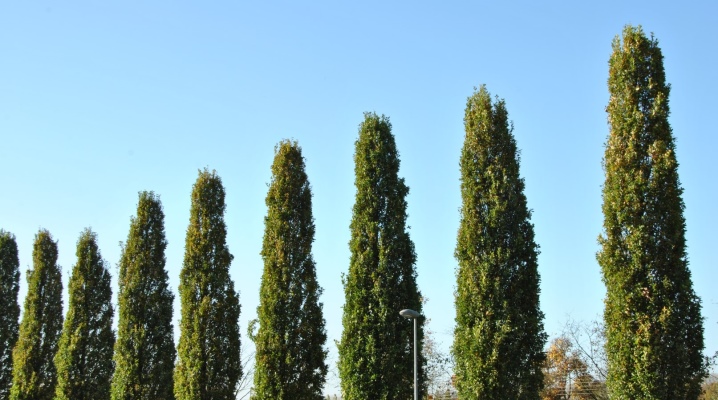
Thuja is one of the most popular evergreens today, which can be found both in the courtyard of a private house and in a city park. It is her that most people choose when looking for a shrub to complete a landscape design project for a private house.
There are many different types of this plant. The most popular is thuja western Fastigiata. This variety can be in the form of a shrub or tree, the height of which reaches 70 meters. In this article, we will talk in more detail about this type of thuja, about how to properly plant a plant and about the features of care.
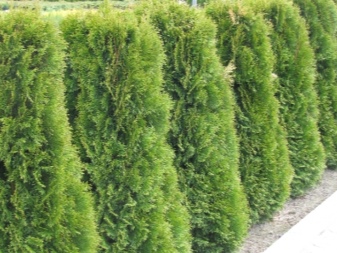
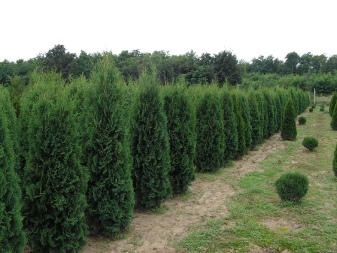
Peculiarities
Thuja western Fastigiata belongs to the cypress family. Its homeland is North America, and in the 16th century, Spanish and Portuguese sailors exported a beautiful evergreen plant to European countries.
The description of this species looks like this:
- crown diameter does not exceed 3 meters;
- the shape of the crown can be columnar or conical;
- life expectancy up to 200 years;
- shrub height - no more than 15 meters;
- strong and durable wood;
- compact root system.
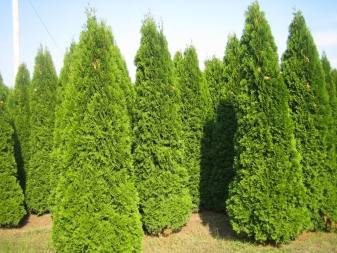
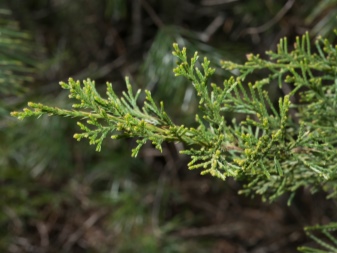
The plant prefers an open and sunny location, in which its crown will look even more colorful and attractive. In hot and sunny weather shading of young growth is desirable to avoid sunburn.
In order for the thuja to grow well and please for a long period, you need to adhere to the rules of planting and care.
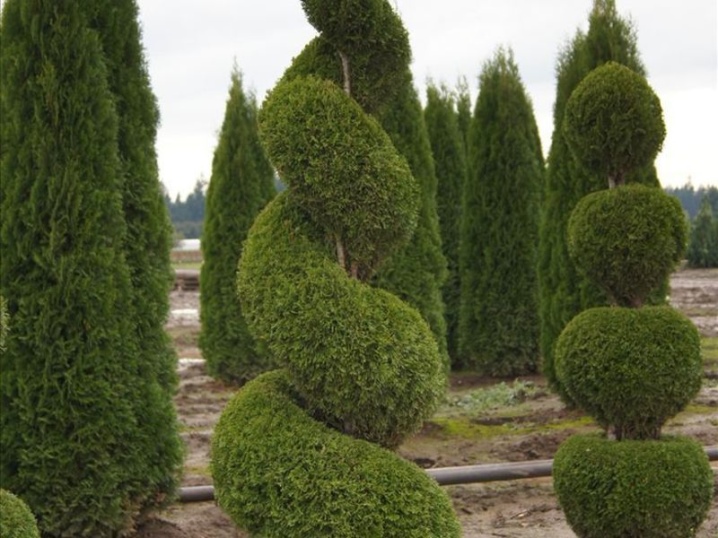
Reproduction
Today, western thuja can be purchased in the nursery or try to grow it yourself. There is a seed method. But, unfortunately, practice shows that it is almost impossible to do this at home. This is due to the sufficient whimsy of the seeds of the plant. Therefore, this method is used exclusively by breeders when growing thuja in nurseries.
It is better to use the vegetative method - propagation by cuttings. They are cut from an adult plant in the fall, in November, and grown in a special plastic bag with a zipper.
It is the use of such a package that makes it possible to create the greenhouse conditions necessary for growth for the plant.
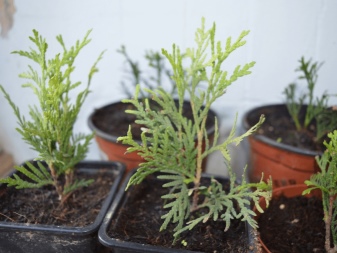
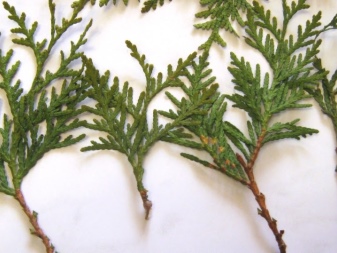
Initially, the soil is prepared in the composition of 1 kg of leafy earth and 1 kg of sand. The mixture is poured into a bag, in which thuja will germinate in the future. When the plant is already placed there, it needs to be watered with boiled water.
Then the bag is closed and placed in a dark place for a month. After a month, a root system should appear on the cutting, after which it can already be transplanted into a pot.
When the cutting is planted in a pot, it is placed in a sunny location.
Watering should be regular - every 2 days. From time to time you need to loosen the soil in the pot. Also beware of drafts - young thuja does not like them.
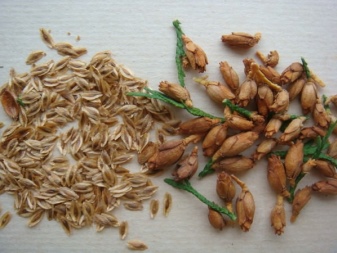
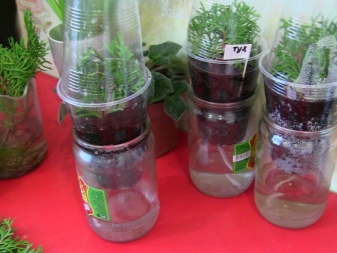
Landing in open ground
When a young plant in a pot is strong enough and its active growth is visually noticed, it can be planted in open ground. Thuja western is a rather demanding plant, therefore there are certain rules that must be observed and followed when planting it.
- Plot. Thuja western grows well in a sunny area and in partial shade. The groundwater level at the planting site should not be high, otherwise the installation of a drainage system will be required.Thuja is a frost-resistant plant, but wind and draft have a detrimental effect on the formation of the crown.
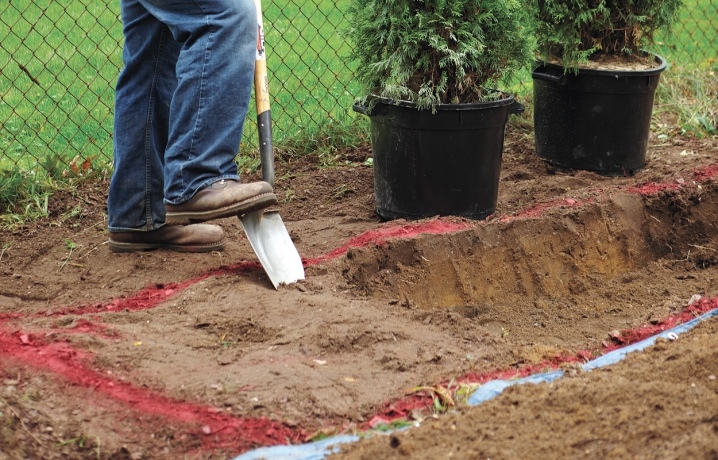
- Priming. The ideal soil for creating the most comfortable conditions is dry loam. The soil should be nutritious, loose and non-acidic. The pH level should not exceed 8, and its lower limit is 6. If there is no necessary soil on the territory, then you can purchase it in a special store and later plant the plant in a hole.
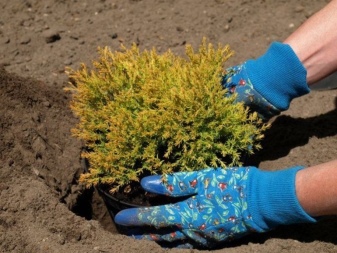
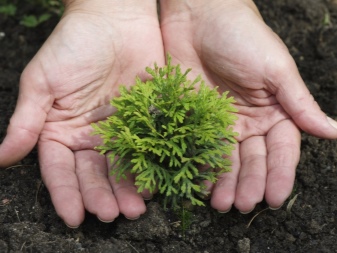
- Pit... Its size depends on the size of the root system of the plant and the amount of prepared soil, usually dug up to 1 m on average.When it is already dug, you should not immediately pour the prepared soil into it. On its bottom, you need to put a drainage, the thickness of which takes 6th part of the volume of the pit, it can be crushed stone or broken brick. Also, with the acquired soil, fertilizers need to be poured into the pit and only after planting. Next, you need to water the thuja, tamp the soil slightly, but very carefully.
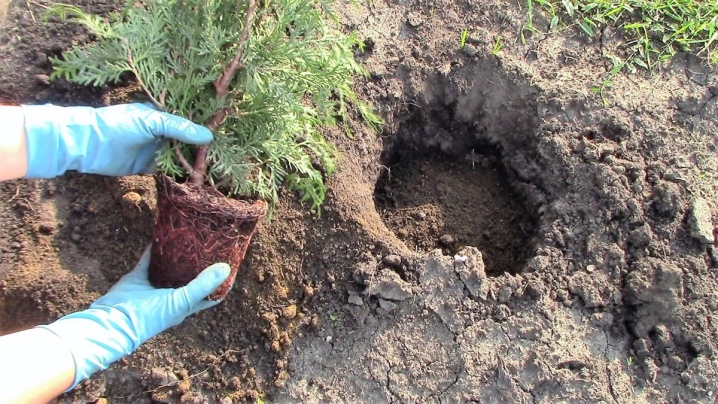
- Watering and feeding. Watering should be regular, every 2 days, but not plentiful, the shrub does not like a lot of moisture. 10–20 liters of water is enough, depending on the size. You can spray the plant once a week to retain moisture on the foliage of the crown. As for a prolonged drought, it can negatively affect the horizontal growth of branches. Thuja zapanny needs additional feeding. It is enough to fertilize it once a year with organic fertilizing, for example, humus.
You can also use mineral fertilizers - they increase the acidity of the soil, so they need to be applied in dosage, throughout the month.
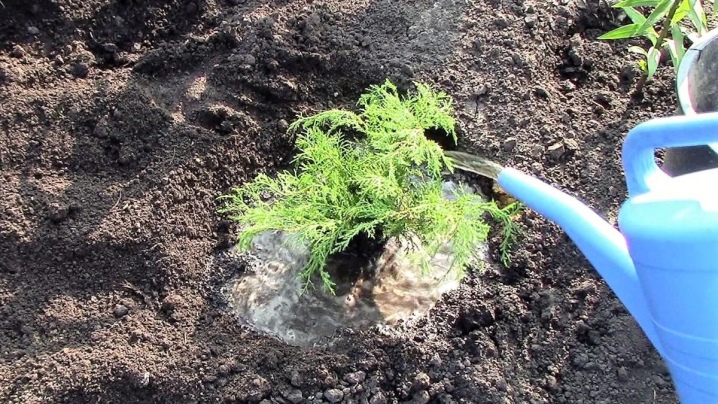
What the shrub is sick with
Like any other plant, Thuja occidentalis Fastigiata can suffer from various diseases that manifest themselves in different ways.
- Brown and yellow shoots, dried leaves indicate that the plant has picked up the fungus. This disease does not appear immediately. Initially, you can observe the appearance of barely noticeable brownish scales. If the disease is not prevented, over time, the thuja will completely change color and die. When the symptoms just started to appear, you need to treat the plant with funzalon. The treatment lasts all summer, as well as the first half of the autumn period. It is necessary to process thuja every two weeks;
- Thuja was damaged by the sun's rays. In this case, you need to use zircon, epin or any other growth stimulant. It is enough just to treat the branches with a solution.
- Young shoots dry out or crown crumbles - it is necessary to use preparations containing copper for spraying.
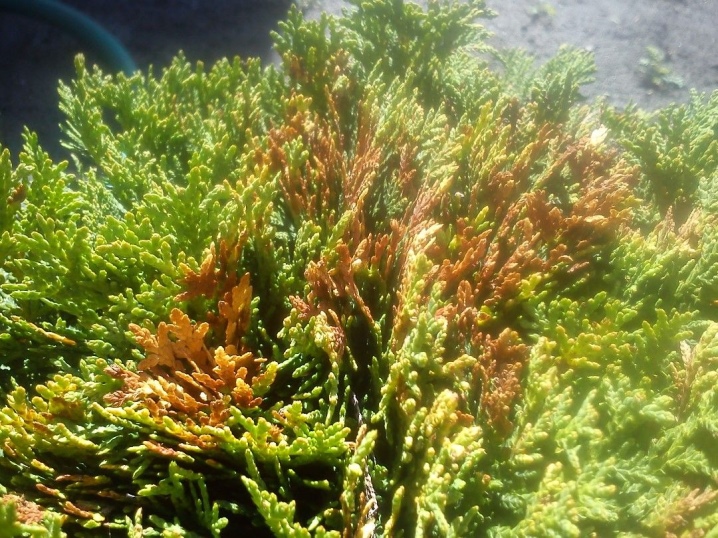
If the plant is damaged by a scabbard, experts recommend using karbofos, rogor or antio.
A sudden change in weather conditions (for example, a cold snap) can provoke yellowing of the shrub.
This is a common, adequate response that should not be scared. Over time, the thuja will adapt to the new weather and the green color of the crown will return.
See below for how to get used to the thuja of western "Fastigiata".



































































The comment was sent successfully.